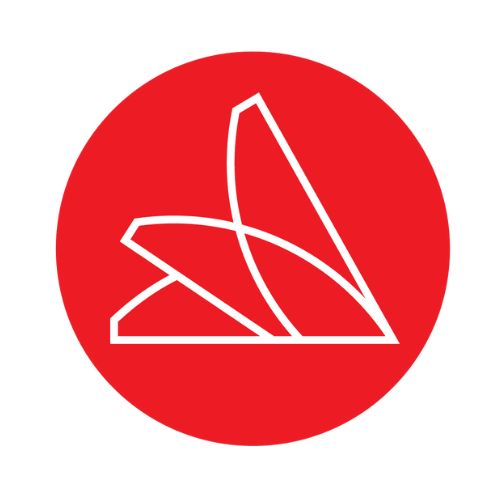
This year we are excited to partner with the Department of Art History at the University of Kansas to provide background and insight on participating artists and their work. David Cateforis, Department Chair and Art History Professor, leads graduate students enrolled in the course Art Here, Art Now as they select and research some of the artists participating in the Art Auction.
Gahee In, MA student in Art History at the University of Kansas, on Jeff Weinberg
Jeff Weinberg’s Dragon Tea is a small ceramic sculpture made of shards of white ceramic and decorated with multi-colored Chinese-style figurative, landscape, and floral motifs. These fragments come together to depict the upper body of a dragon, the imaginary animal with a long history in human mythology and thought, especially in East Asia. The title of the work is a lighthearted play on words referring both to the Chinese tea sold in the West as “Dragon Tea” and to the dragon fashioned from the pieces of broken teaware. To assemble the ceramic fragments, Weinberg borrows the traditional Japanese Kintsugi technique: Kin meaning “gold” and Tsugi “join” in Japanese. Traditionally, the purpose of Kintsugi is to restore broken ceramics to their original form and cover the cracks with gold. But here, Weinberg uses the Kintsugi technique and broken pieces of ceramic to create a new form that bears no resemblance to the original teacups and plates.
Unlike traditional Kintsugi in which surface of the gold joints is smooth, Dragon Tea has crude, untrimmed, gold-covered joints, conveying roughness and dynamism. Since the artist used shards from different kinds of ceramics, one cannot imagine their original forms. Weinberg also uses gold to decorate other parts of the ceramics besides the joints, including the contours of some of the original figurative designs, forming a kind of connection between the assembled parts and the images on the ceramics. Dragon Tea invites the viewer into a space between East Asian tea culture and contemporary Western art through Weinberg’s dragon assembled with his unique personal interpretation of the traditional Japanese Kintsugi technique.
